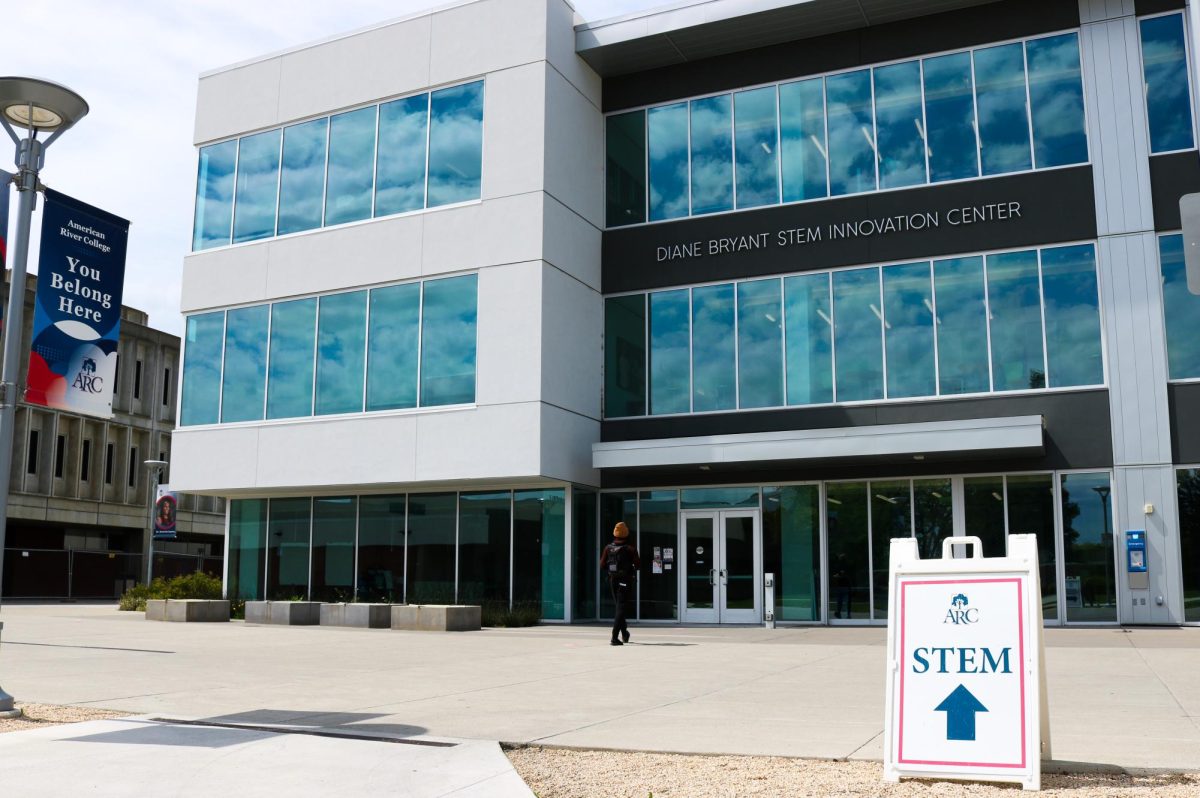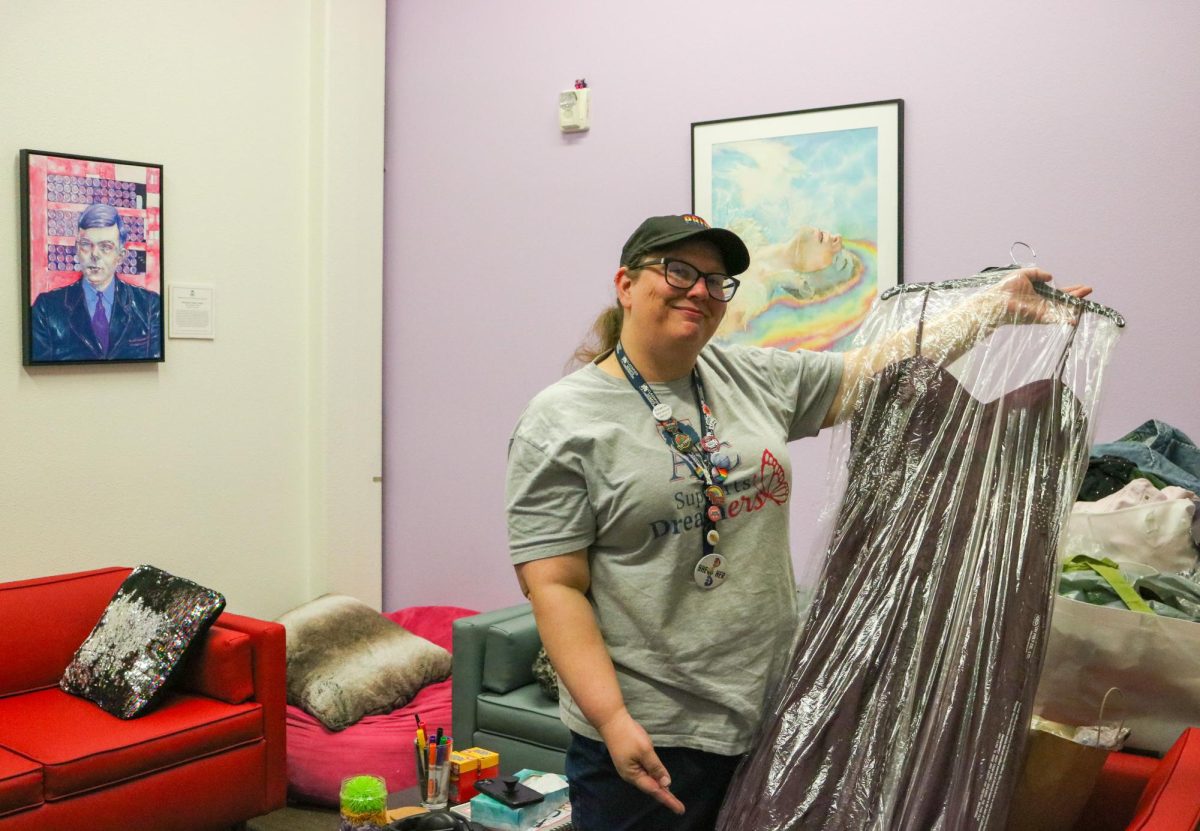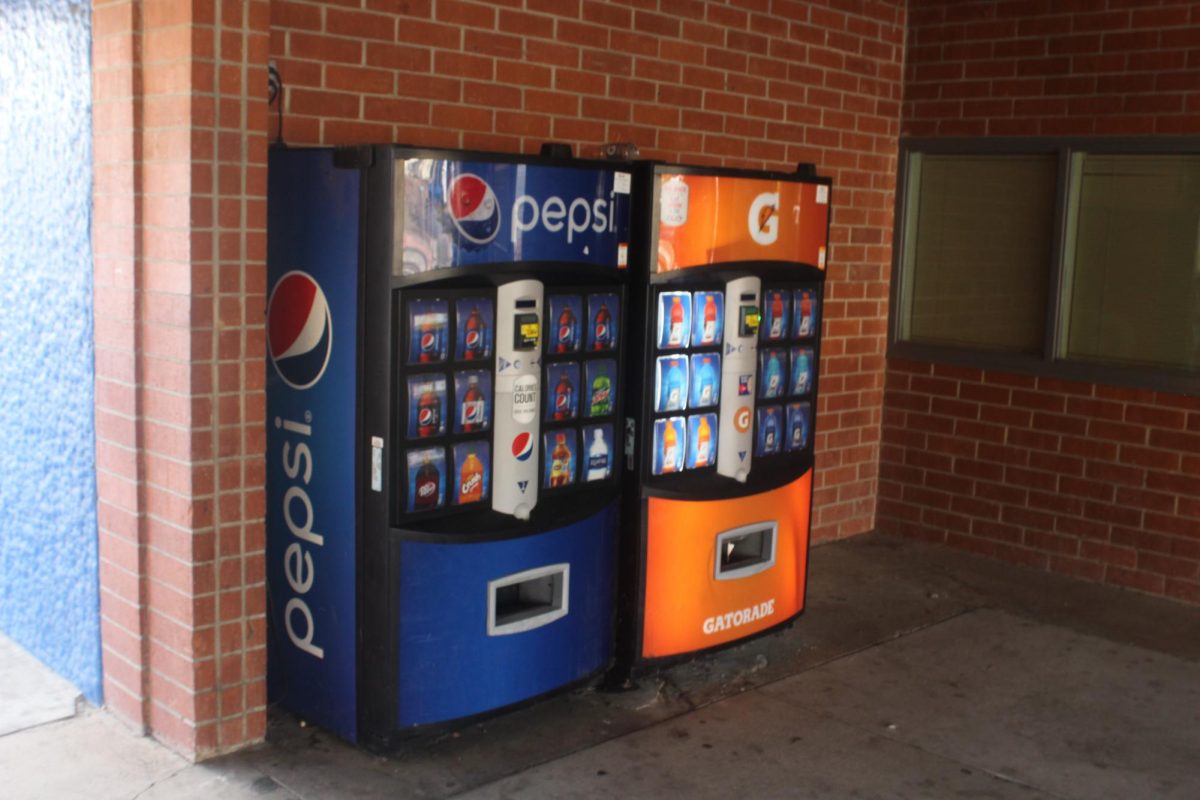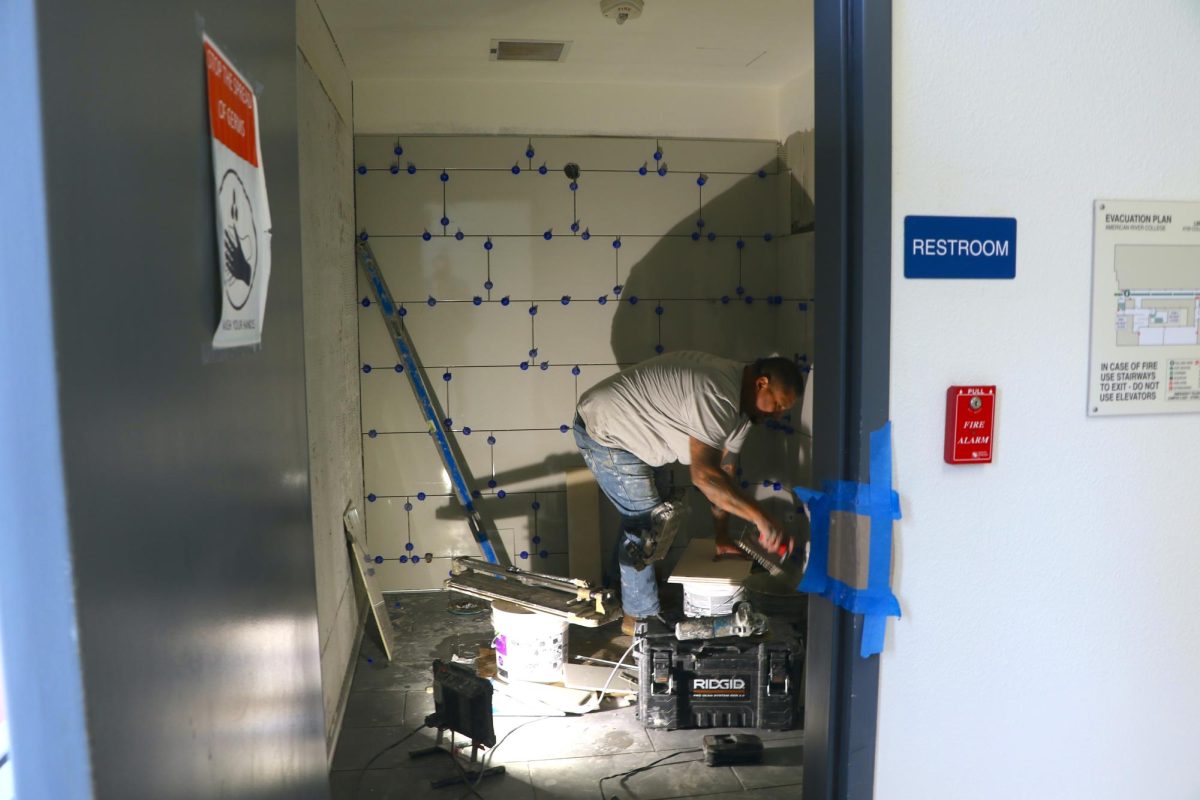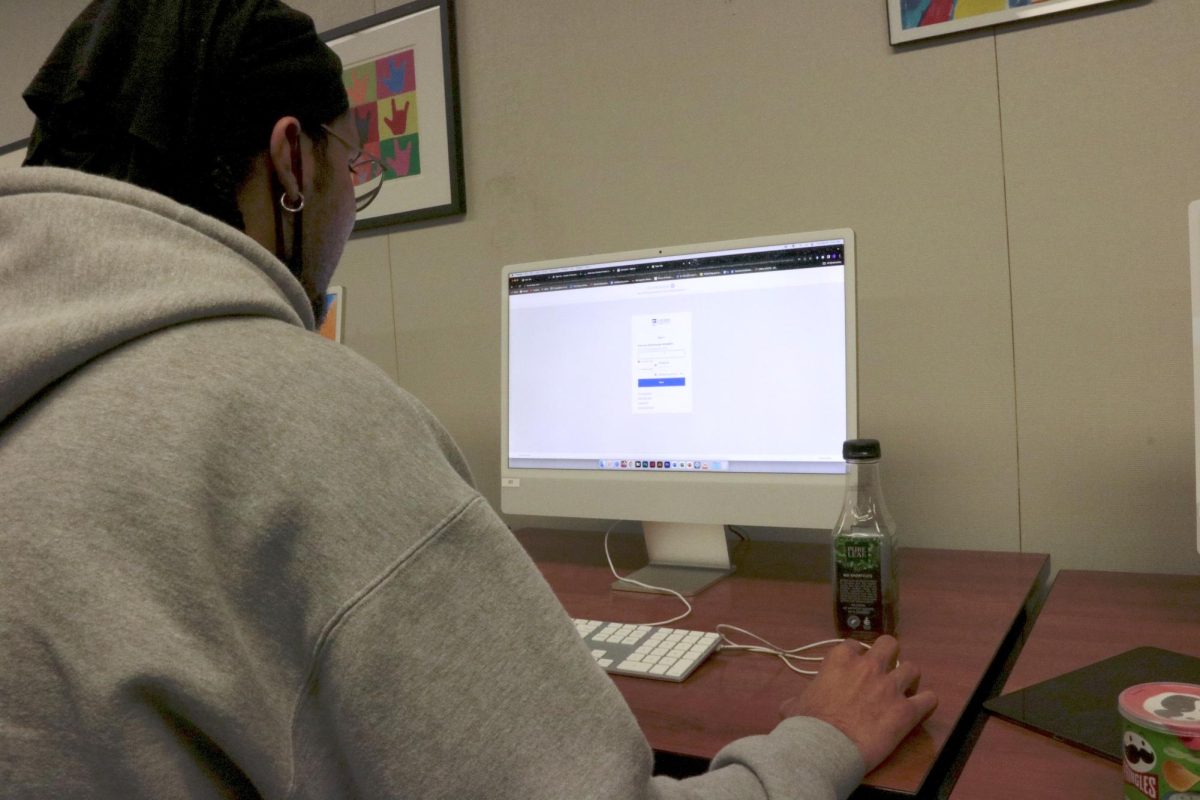On a recent warm winter morning, a group of American River College students were studying outside the ARC cafeteria. A pile of textbooks sat in the center of their table and more books were scattered on the ground around them.
“I hardly use these textbooks, but I have them because I have to,” said ARC student Monika Chandra, an 18-year-old business major.
It’s a complaint that’s become common around campus. The average college student spends more than $1,100 a year on textbooks and supplies, according to the education advocacy group College Board, up more than 40 percent since 2000.
But there may be some help on the horizon. Open-source textbooks – or online educational materials produced by a mix of non-profits, academics and a handful of companies — could reduce student costs by some 80 percent, according to estimates.
For many, open-source represents the logical evolution of educational texts and makes good of the Internet’s promise of offering information that’s accessible to everyone. As textbook costs continue to rise, the ability to distribute course materials online for a nominal fee or for free has made open-source even more appealing to students, academics and politicians alike.
Computer programmers initially conceived the idea of open source, as separate code writers shared information with each other freely on open software licenses. This made it possible for individuals to customize programs without danger of patent infringement.
This concept is virtually the same for scholastic texts, aptly named open source or open license; writers share knowledge on a subject and collaborate freely online. The information is then centralized on the Internet and distributed on certain sites.
However, sharing educational materials in an unencumbered environment has raised quality concerns.
“Professors want top-of-the-line materials that have been peer-reviewed and are proven to be of high quality, standards not yet guaranteed when it comes to open-license materials,” Bruce Hildebrand, executive director for higher education at the Association of American Publishers, has said. “It’s sort of like textbooks for Wikipedia. Who’s doing the fact checking? Where are the peer reviews?”
Kathleen Callahan, Political Science Professor at ARC, agrees. “I utilize open source for assignments, but scholarship is very important to me,” she said. “I always take this into consideration when choosing a text for my students. I spend a lot of time reading and examining what I teach.”
While open-source may still be finding its footing at many academic institutions, its potential upside is strong enough to have captured the attention of Darrell Steinberg, California Senate President pro Tem (see front-page article), who is making it one of his missions to lower the cost of education. Steinberg is using open source as an example of how this can be done.
ARC student Luis Reyes, 18, said, “I would take classes with open source, not having to pay for books is good since I’m on a budget.”
As open source material becomes readily available and used in classrooms, sites like Flat World Knowledge, CK-12, Connexions, ISKME, CCCOTC, Merlot, MIT’s Open CourseWare, and other will work to give professors more choices for content.
And while combing through open-source materials can create extra work on the part of the instructor, the effort may be worth it, according to Dr. Bob Livingston, a professor at Cerritos College. “Overall retention (in classes with open-source textbooks) has increased to 75.2 percent (an almost 8.2 percent improvement) and online retention has increased 73 percent (an increase of 17 percent).”
As professors familiarize themselves with the validity of the content, use of open-source texts in the classroom will likely increase. However, until then, students like Luis Cabaluua will continue to buy traditional educational materials.
“I’m okay with using textbooks,” Cabaluua said. “They are familiar to me. And at least I can return them at the end of the semester.”

